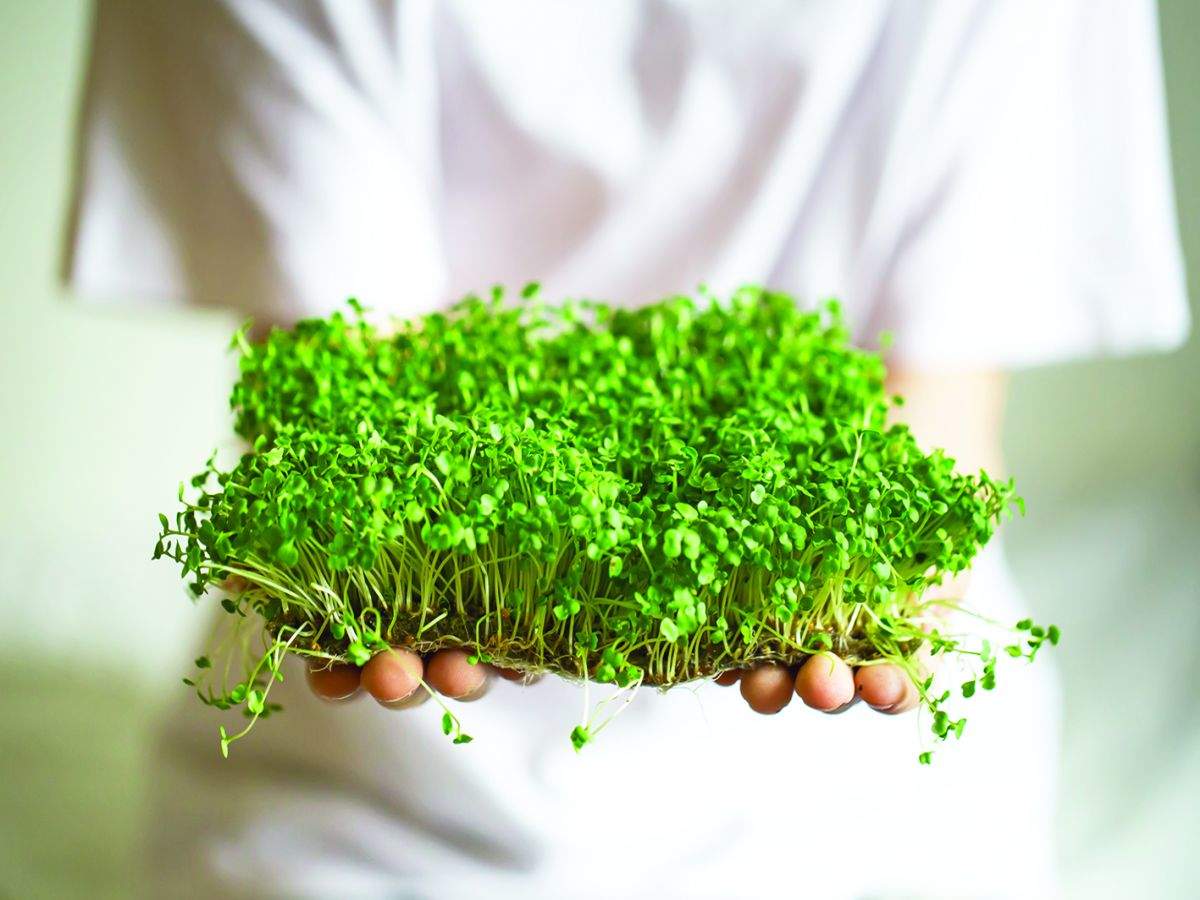2.GATHERING PERTINENT INFORMATION - Q-Div-2022-2023-Odd/Repo-13 GitHub Wiki
| sl no. | Link | Explanation |
|---|---|---|
| 1. | https://youtu.be/zH-s3-Ig94c | DIY Automated microgreen bottom watering system |
| 2. | https://youtu.be/I2i-3upN6t0 | MEEZBO automated microgreen grower |
| 3. | https://youtu.be/oaU9hw4nfKg | Indoor farming |
| 4. | https://en.wikipedia.org/wiki/Microgreen | Litrature |
| 5. | https://youtu.be/nZWzuJ0L63o | Top 5 microgreens |
| 6. | https://www.allthatgrows.in/blogs/posts/nutritious-microgreens | Benefits of microgreens |
| 7. | https://youtu.be/tHR5s1ocKY0 | Growing microgreens without soil |
AUTOMATED MICROGREEN GROWER

Microgreens are vegetable greens (not to be confused with sprouts or shoots) harvested just after the cotyledon leaves have developed with one set of true leaves. They are used as a nutrition supplement, a visual enhancement, and a flavor and texture enhancement. Microgreens are used to add sweetness and spiciness to foods. Microgreens are smaller than “baby greens” because they are harvested very soon after sprouting, rather than after the plant has matured to produce multiple leaves. Among upscale grocers, they are now considered a specialty genre of greens, good for garnishing salads, soups, sandwiches, and plates
Microgreens began showing up on chefs' menus as early as the 1980s in San Francisco.1(https://en.wikipedia.org/wiki/Microgreen#cite_note-ARS-1) In Southern California, microgreens have been grown since the mid‑90s. Initially, a few varieties were offered; those available were: arugula, basil, beets, kale, cilantro, and a colorful mixture of those called a "Rainbow Mix".